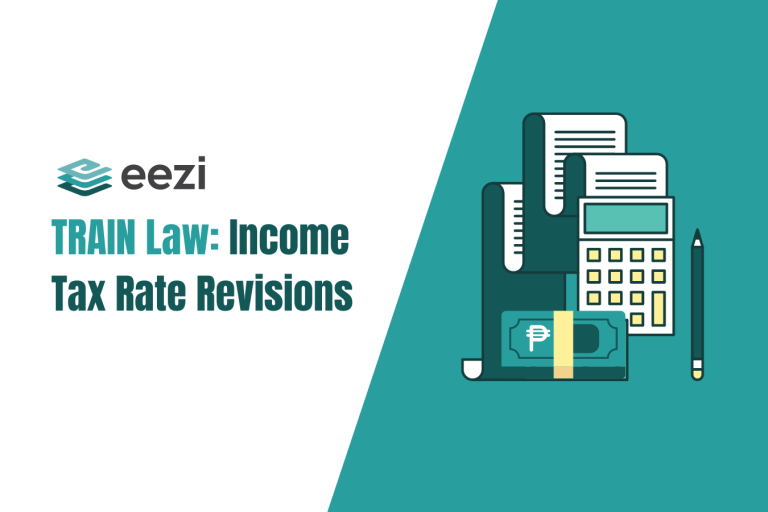What is the COLA in Philippine salary? Here’s a complete guide to the rules and how to calculate the COLA amount.
Key Points
- COLA in the workplace setting is short for Cost of Living Allowance
- It is an additional payment employees employees receive to help them offset the impact of inflation on essentials like food, housing, clothing, and transportation.
- The amount of COLA may vary across companies and they are often dependent on the company’s internal compensation structure and external economic forces.

Although the future is uncertain, the prices of housing, products, and services are bound to go up. To counteract this inflation, businesses, governments, and unions usually make cost-of-living adjustments or COLA. Unlike bonuses or increases, COLA is not a performance reward but a way to maintain the employees’ spending power.
Ultimately, COLA aims to preserve the standard of living a person had before the price increase. This, in turn, should allow people to maintain their current lifestyle despite inflation.
To get a better understanding of cost-of-living adjustment (COLA) in salary, keep on reading. Here, we will explore its meaning, importance, and how it works.
COLA meaning in salary
Cost-of-living allowance (COLA) in salary is an additional payment given to employees to help them offset the impact of inflation on their essential living expenses such as food, housing, clothing, and transportation.
This adjustment is often calculated based on changes in the Consumer Price Index (CPI), which monitors fluctuations in the prices of goods and services over time. It’s crucial to note that not all businesses include COLA in their compensation structures.
This practice is more common in government entities and labor unions, aiming to maintain employees’ purchasing power amid increasing living costs. In the private sector, salary adjustments depend on factors like individual performance, market conditions, and opportunities for career advancement, with COLAs being less prevalent compared to other forms of compensation adjustments.
How do Cost-of-Living Adjustments (COLA) work?
COLAs counter inflation’s effects on workers and retirees. Private employers, businesses, and governments implement these adjustments. COLAs are often based on the Consumer Price Index (CPI), measuring living cost increases.
However, COLA eligibility depends on employer or government policies. Calculations use inflation rates from local or national data. The COLA is based on the percentage increase from the previous year to the current year’s third quarter, using the Consumer Price Index for Urban Wage Earners (CPI-W).
Economic conditions directly influence the COLA amount. The Bureau of Labor Statistics calculates the CPI-W, the official benchmark for Social Security Administration COLA determinations.
Why is Cost-of-Living Adjustment (COLA) important?
Consumer prices fluctuate over time. As such, the cost-of-living adjustments allow workers, pensioners, and others on fixed incomes to afford their basic needs. Certain cost-of-living adjustments, such as those for military personnel on transitory duties in higher-cost areas, are only temporary.
Moreover, governments often incorporate cost-of-living adjustments or allowances in their benefit plans to attract talented workers even though they typically pay less than companies for similar positions.
This benefit also offers to maintain their hiring process competitiveness and retain employees. Likewise, these changes may increase the likelihood that prospective employees may accept a job offer that entails relocation.

Who is eligible for COLA in the Philippines?
COLA, or cost-of-living adjustment, is applicable to everyone earning minimum wages in the private sector in the Philippines. This includes employees regardless of their job, position, or employment status. According to the Philippine Wage Order, it also does not matter how they receive their compensation.
COLA Exemptions
However, COLA still has its limitations. For example, it does not cover domestic or household help. Additionally, individuals working in personal services, such as family drivers, are also exempt.
Contractors
The principals or clients will pay the cost-of-living adjustment (COLA) of the construction or service contractors. This is in the case of contracts for projects involving construction as well as those involving janitorial, security, and similar services. Moreover, the agreement will also need an update as a result.
Private Educational Institutions
Private educational institutions should be regarded as complying with the cost-of-living adjustment (COLA) if they include covered workers and employees in the increase in School Year tuition rates.
Wages of Special Groups of Workers
Apprentice and learner salaries must always be at least 75% of the new wage rates that are in place.
Workers Paid By Result
All employees paid by the result, including those paid on a piecework or task basis, are entitled to compensation equal to or more than the region’s mandated COLA.
When calculating wage-related benefits like overtime, 13th-month pay, premium pay, SSS, night shift differential pay, Medicare, and others, the cost-of-living allowance specified in the region must be given for days worked and not considered part of the workers’ regular wage.
How to compute the COLA in a salary?
Generally, the annual cost-of-living (COLA) adjustment can be calculated using the formula shown below:
(annual salary) x (annual % COLA increase) = amount of increase amount of increase + annual salary = COLA
Calculating cost-of-living adjustments (COLA) in salary can vary among companies. In the private sector, COLA is often determined by factors such as merit raises, market value, and promotions.
Some companies may also consider the increase in the Consumer Price Index (CPI) from the previous year, which measures price inflation by tracking changes in the cost of specific consumer goods and services.
It’s worth noting that in the Philippines, the regional Wage Order plays a significant role in COLA computation. For example, if you work in the National Capital Region (NCR) with a daily rate of P426.00, you might receive a daily COLA of P22 as specified in the Wage Order.
Related: What is salary differential?
Is COLA part of the salary?
COLA is an integral part of the minimum wage and is separate from wage-related benefits like overtime pay, 13th-month pay, and night differential. It serves to adjust employees’ salaries or hourly rates to keep up with inflation and maintain their earning power. COLA raises are not based on merit but are implemented to address increases in the cost of living.
Is COLA mandatory in the Philippines?
There are regions in the Philippines where COLA is a mandated part of the daily wage for specific sectors. Moreover, the Regional Tripartate Wages and Productivity Board issues sets the rates for these COLA adjustments. As such, it is best to check the latest local Wage Order for the region where your business operates.
Easily manage COLA in payroll
Withholding tax deductions from employee salaries are the responsibility of the employer. As such, the company must determine each employee’s taxable revenue before paying out compensation.
It seems really easy up until you run into stuff like COLA and night shift differentials. At eezi, you don’t need to worry. Taxes and necessary benefits can be computed and managed using the eezi Payroll System. Try it now!




